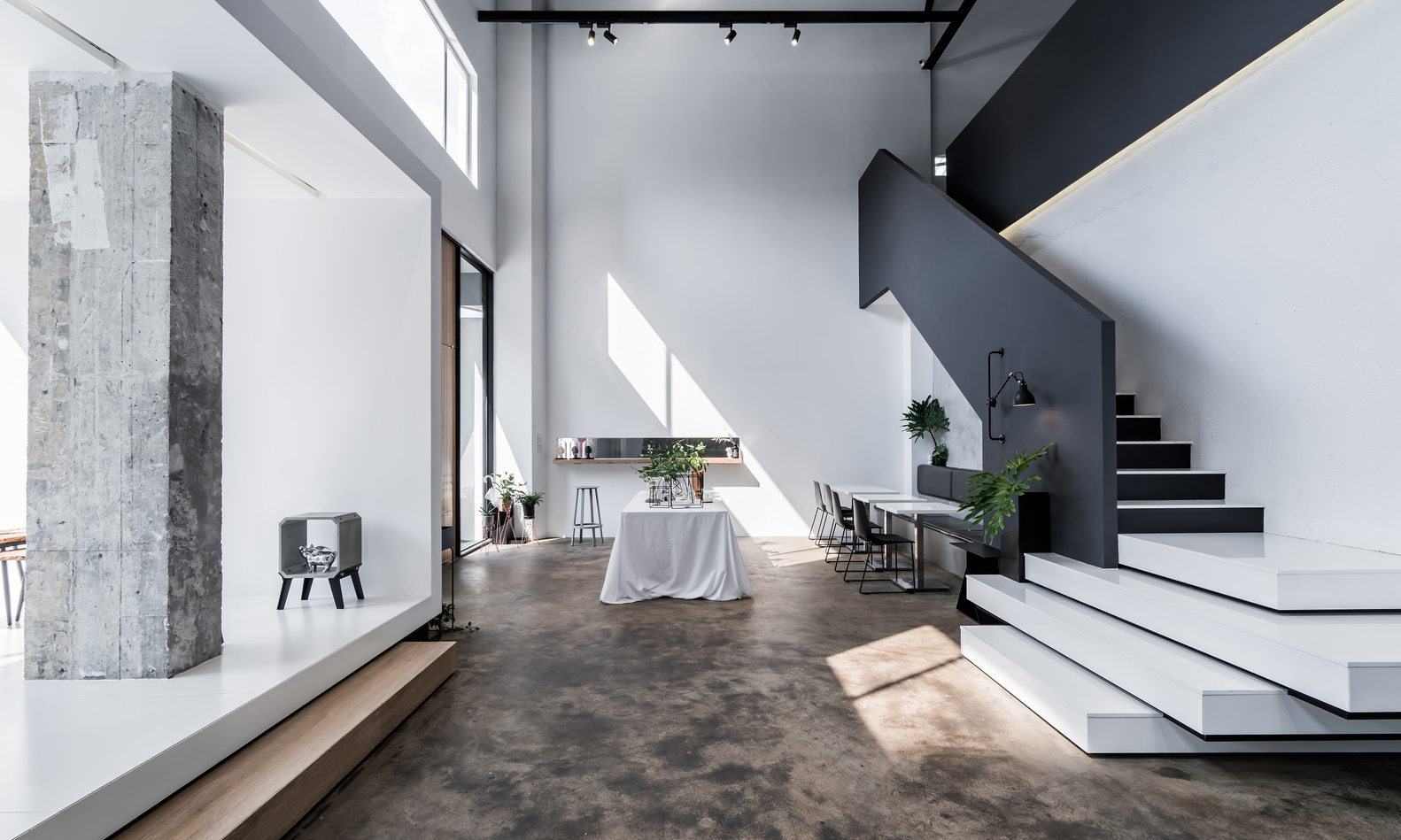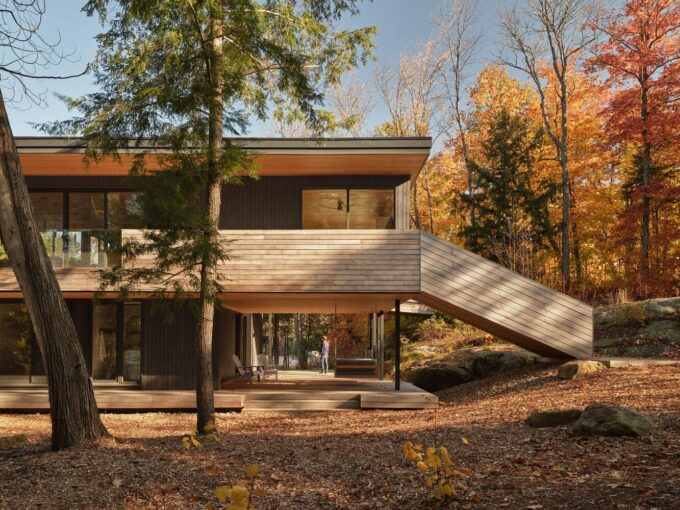- Home
- Articles
- Architectural Portfolio
- Architectral Presentation
- Inspirational Stories
- Architecture News
- Visualization
- BIM Industry
- Facade Design
- Parametric Design
- Career
- Landscape Architecture
- Construction
- Artificial Intelligence
- Sketching
- Design Softwares
- Diagrams
- Writing
- Architectural Tips
- Sustainability
- Courses
- Concept
- Technology
- History & Heritage
- Future of Architecture
- Guides & How-To
- Art & Culture
- Projects
- Interior Design
- Competitions
- Jobs
- Store
- Tools
- More
- Home
- Articles
- Architectural Portfolio
- Architectral Presentation
- Inspirational Stories
- Architecture News
- Visualization
- BIM Industry
- Facade Design
- Parametric Design
- Career
- Landscape Architecture
- Construction
- Artificial Intelligence
- Sketching
- Design Softwares
- Diagrams
- Writing
- Architectural Tips
- Sustainability
- Courses
- Concept
- Technology
- History & Heritage
- Future of Architecture
- Guides & How-To
- Art & Culture
- Projects
- Interior Design
- Competitions
- Jobs
- Store
- Tools
- More

In today’s fast-paced world, it’s more important than ever to have spaces that offer serenity and simplicity. Whether it’s at home, in the workplace, or in public spaces, creating spaces that promote peace and calm can have a positive impact on our mental health and well-being. Here are some key design principles to keep in mind when designing spaces for serenity and simplicity.
Serenity and simplicity spaces are important for a variety of reasons. First and foremost, these spaces can have a positive impact on our mental health and well-being. In today’s fast-paced world, we are constantly bombarded with stimuli, which can lead to stress and anxiety. By creating spaces that promote serenity and simplicity, we can provide a respite from the chaos of daily life, allowing us to recharge and reset.
Designing spaces for serenity and simplicity is important from a sustainability perspective. By using natural materials and emphasizing simplicity, we can reduce our environmental impact and create more sustainable spaces. This is particularly important in urban environments, where green space is often limited and air pollution is a major concern. When we are in a calm and peaceful environment, we are better able to focus on the task at hand and generate new ideas. This is particularly important in the workplace, where distractions can be a major obstacle to productivity.
Creating spaces for serenity and simplicity is essential for promoting mental and physical well-being, improving productivity and creativity, and creating more sustainable environments. Whether it’s at home, in the workplace, or in public spaces, designing for serenity and simplicity is an important consideration for creating healthy and sustainable environments.

Guide for Designing Serenity and Simplicity Spaces
Use a minimalist approach: A minimalist approach to design involves reducing a space to its essential elements, which can create a feeling of calm and orderliness. This can be achieved through the use of simple lines, neutral colors, and a limited number of decorative elements. By keeping things simple, spaces can feel more peaceful and uncluttered.
Emphasize natural materials: Natural materials such as wood, stone, and natural fibers can create a sense of warmth and tranquility in a space. These materials can be used in a variety of ways, from flooring and walls to furniture and decor. Incorporating natural elements into a space can create a connection to the outdoors, which can be particularly beneficial in urban environments where access to nature is limited.

Use lighting strategically: Lighting can have a significant impact on the atmosphere of a space. To create a serene and calming environment, consider using soft, diffused lighting rather than harsh, direct lighting. This can be achieved through the use of dimmer switches, soft lamps, and natural light sources such as windows and skylights.
Incorporate plants and greenery: Plants and greenery can have a calming effect on a space by improving air quality, reducing noise levels, and creating a connection to nature. Plants can be used in a variety of ways, from large potted plants to small succulents on a desk. In addition to providing visual interest, plants can also create a sense of tranquility and relaxation in a space.
Create a sense of balance: A sense of balance is essential in creating a serene and simple space. This can be achieved through the use of symmetrical design elements, a balanced color palette, and a careful selection of furniture and decor. A well-balanced space can create a feeling of harmony and calm, which can be beneficial for both mental and physical health.

In conclusion, designing spaces for serenity and simplicity involves a thoughtful approach to creating a calming and peaceful environment. By using a minimalist approach, emphasizing natural materials, using lighting strategically, incorporating plants and greenery, and creating a sense of balance, designers can create spaces that promote mental and physical well-being. Whether it’s at home, in the workplace, or in public spaces, designing for serenity and simplicity is essential for creating healthy and sustainable environments.
Architects can create serenity and simplicity spaces by designing buildings that are well-proportioned and use simple lines and shapes. They can also use natural materials such as wood and stone to create a connection to the outdoors and reduce the feeling of being closed in.

Submit your architectural projects
Follow these steps for submission your project. Submission FormLatest Posts
The Ultimate Guide to Fencing in North Dakota: Choosing the Best Fence for Your Property
Watching a chain link fence twist in 70 mph winds near Minot...
Gaudí: Where Architecture Meets Science
Gaudí: Where Architecture Meets Science shows catenary arches, ruled surfaces, and biomimicry...
How Housing Market Forces Shape Architectural Design Today
Architecture never exists in isolation. Buildings rise from a mix of ambition,...
Why Portable Formaldehyde Gas Detectors Matter on Construction Sites
As construction practices shift toward more enclosed and material-intensive environments, the risk...












Leave a comment